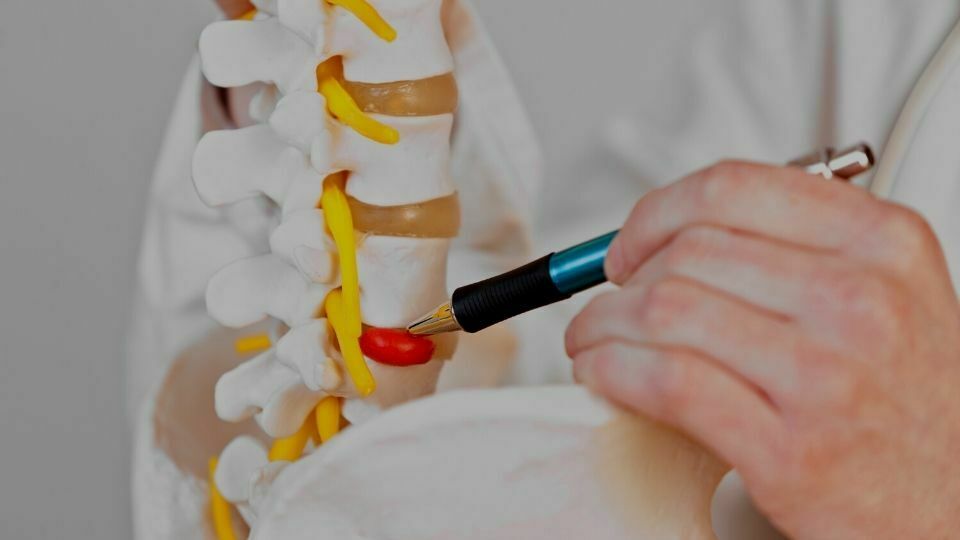Facet joint injections are a standard treatment for chronic back pain. They are performed between vertebrae in the small joints to relieve anyone who suffers from it. However, this type of treatment does not help everyone. Once facet joint injections have been performed, knowing what to do next is essential if they do not help.
Facet Joint Injections: A Primer
Before jumping into “what’s next if facet joint injections don’t work,” let’s understand what facet joint injections are. Facet joints help maintain stability and allow movement in the spine. However, these joints are vulnerable to inflammation, which can result in considerable pain. The injections are specifically formulated to target and temporarily reduce inflammation and pain. Usually, a combination of an anesthetic and a steroid is used to achieve this result. However, there are cases where these types of interventions fail.
Assessing the Situation
If the injections do not relieve pain, it is important to evaluate the possible reasons for the pain. Clinicians frequently reevaluate the diagnosis to ensure that it is correct. At times, despite the discomfort in the back, the pain can arise from another location, including a herniated disc or spinal stenosis. Re-evaluation is crucial, not just because it ensures that treatment will address the right problem, but also because it will eventually allow treatment to be managed appropriately. This may include exploring alternative treatments and understanding how to crack lower back safely if it is deemed a beneficial part of a broader therapeutic approach.
Other Treatment Options
After reviewing the cause of pain, other treatment options can be explored. Often, this leads to the consideration of physical therapy. This method focuses more on muscle toning, stretching, and better postural alignment. Professional guidance in customizing exercises can alleviate significant discomfort and improve the quality of life.
Pain management clinics are multidisciplinary because they use different therapies according to the individual. Physical therapy will also often incorporate techniques like chiropractic care, massage therapy, or acupuncture. These approaches ensure complete pain management, which addresses not only the physical condition but also the psychological condition.
Drugs and Nutriceuticals
Other times, prescription medications play a role in the treatment of chronic pain. NSAIDs help with the inflammation part. In patients with acute pain, more potent drugs, such as opioids, may be used, although there is a risk of side effects and addiction, meaning they need to be used only in well-defined situations.
Supplements may also help with general health and pain relief. For example, glucosamine and chondroitin are promoted as supporting joint health. A consultation with a healthcare professional is recommended before starting any supplement to ensure its safe and effective use alongside ongoing treatment.
While these are non-invasive (which is good), they may not always work; in that case, a minimally invasive method is the answer. Radiofrequency ablation targets nerve fibers that carry pain signals. Patients then receive immediate relief by suppressing these pathways. The procedure is usually an outpatient-based procedure with minimal recovery.
You can also try nerve blocks to inject a local anesthetic close to the nerves. They provide relief in the moment, enough to allow a person to move through physical therapy or other restorative measures.
Surgical Interventions
In chronic cases where other treatments have not worked, surgery may become necessary. The type of surgery will differ according to the cause of the pain. An example is spinal fusion, which connects two vertebrae to stabilize the spine. It decreases motion and helps to relieve pain. Decompression surgery, on the other hand, releases pressure from nerve roots and is performed to correct spinal stenosis.
Although it is riskier than the other treatments, surgery can now yield outstanding results thanks to technical progress. The right surgeon provides the knowledge necessary to help guide choices toward the best outcomes.
Lifestyle Adjustments
In the meantime, lifestyle changes complement your medical products nicely. Healthy weight—as less stress is on the spine, it will reduce the pain. Swimming (the best option) or walking promotes low-impact exercise almost daily and strengthens and tones the core area while stretching. Correct sitting and standing positions are vital for spine health.
Stress management techniques such as meditation and mindfulness also contribute to the body’s overall well-being. Emotional stress is a typical response to chronic pain, and physical symptoms often become more severe when these habits are present. When people improve their mental health, they cope better with discomfort.
Conclusion
When facet joint injections fail, the need to cast a wide net to find options becomes urgent. Relief can come in many forms, from alternative therapies and medications to minimally invasive procedures and surgery. These approaches, alongside lifestyle changes, can hold promise and guidance for individuals struggling with chronic back pain. Meeting with healthcare professionals allows for more personalized care, which leads to a better quality of life.
